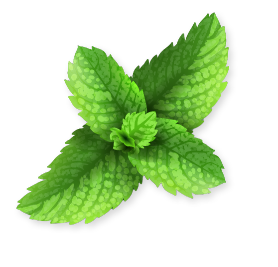- Pravahika, typically presents as Atipravahana of Purisha (increased number and quantity of defecation)
- Atidrava Purisha Pravritti (watery stool)
- Udarashoola (with abdominal pain and cramps)
- Picchila yukta purisha (sticky stool)
- Saphena (frothy stool)
- Raktayukta Purisha (blood-mixed stool)
- An accurate diagnosis of ulcerative colitis is by tissue sampling through endoscopy
- Additional testing may be necessary to rule out complications or other types of inflammatory bowel illness, like Crohn's disease
- Stool and blood tests can also help in diagnosing the ulcerative colitis.
WHAT IS ULCERATIVE COLITIS
Ulcerative colitis is a disease in which the inner lining of the large intestine is overheated or becomes damaged due to various reasons. This may start as a small ulcer or inflammation at any part of the colon, then slowly progress to the entire colon.
According to Ayurveda, a group of diseases called Atisara (dysentery) is mentioned in the Ayurvedic texts. Among this, some of the subtypes are closely related to the symptoms of ulcerative colitis.
SIGNS AND SYMPTOMS
- Diarrhoea often with blood or pus.
- Frequent bowel movements.
- Bleeding per rectum (small amount of blood passing with stool).
- Abdominal cramps and sometimes pain, mainly in the lower abdomen. Can worsen after eating.
- Pain in anal canal.
- Urgency in defecation, even though there is urgency, the defecation may take time.
- Loss of body weight
- Fatigue
- Occasional change in body temperature.
- Flare ups can result in skin conditions.
- Mouth Sores
CAUSES
As per the studies,
- There is still no established cause for ulcerative colitis.
- Stress and food habits were previously suggested as causes.
- According to the studies, these elements may worsen ulcerative colitis but do not actually cause the disease.
- It is considered an auto-immune condition, so an overactive immune system can result in UC.
- Genetic mutations, mainly genes related to the immune system, can cause UC.
- Disruption in the natural balance of gut bacteria.
According to Ayurveda
- Constant consumption of unhealthy food (spicy, oily, frozen food).
- Lifestyle factors such as sedentary behaviour, lack or excessive exercise, etc.
- Disease/Roga (various infections)
- Apakarsha Vyadhikshamatva (poor immunity) causes weakening of the Pachaka Pitta (digestive fire), resulting in deranged digestive or metabolic conditions.
- In such cases, rectal pain, stomach cramps, weakness, exhaustion, weight loss, bloating, loss of appetite, abnormal bowel movement, blood in stool, diarrhoea, etc. can be seen.
TREATMENT AT SANJEEVANAM
At Sanjeevanam, we emphasize Ayurvedic principles by,
- Aiming to bring back the deraged Vata and Pitta doshas into a balanced state, considering that the imbalance of these doshas in the body leads to a worsening of the condition.
- The first phase involves a biocleansing technique.
- The second phase includes a colon-healing Vasthi (enema), specifically Piccha Vasthi, to balance the doses, reduce infection and inflammation, and improve the gut biome.
- One benefit of the Vasthi (enema) is that it helps in reseting the GUT-brain axis, which helps to regulate the abnormal chemical production in the brain caused by stress. Additionally, it is particularly helpful at healing ulcers and fostering the development of gut biomes.
- Yoga, mainly through meditation sessions, enhances mental well-being, aiming to reduce stress, and helps in both physical and emotional recovery.
BOOK APPOINTMENT
























